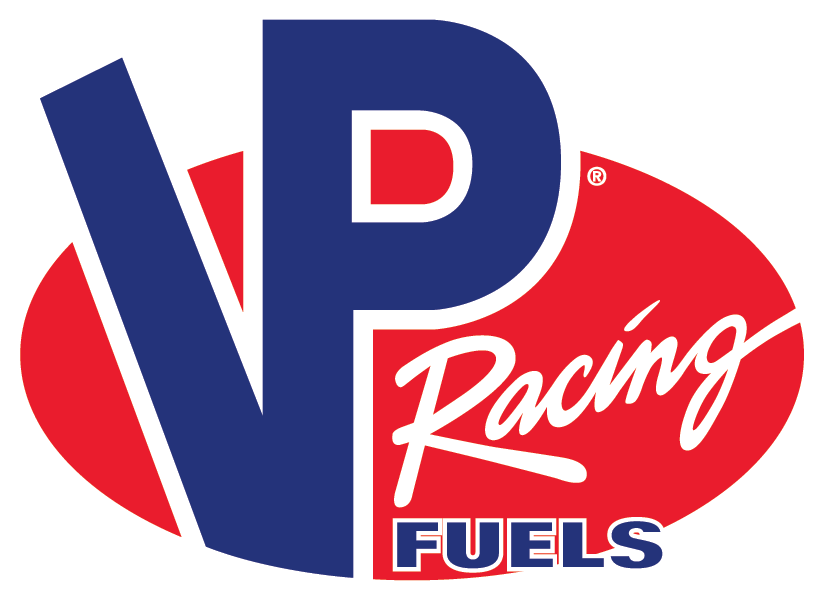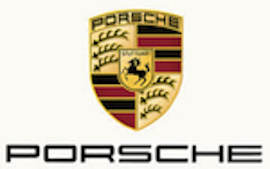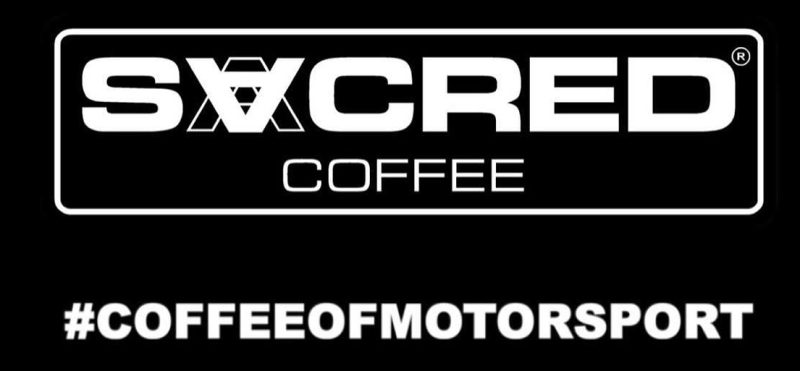“After its first hour the 1956 edition of Le Mans had been a somewhat processional economy run; a tentative first step into a new era rather than a variation of the most important sports car race in the world. Cautious and conservative new rules had diluted the core product, and the whole thing lacked passion and red blood cells. Still, a man perished in one of the slowest cars in the field despite the best efforts of the ACO to sanitize the seminal event.
In 1957 the ACO returned to the traditional mid-June date and erasing their year-old fuel economy rules. They pegged the minimum distance between fuel stops to 30 laps and required roadsters to fit actual functioning doors, The passenger’s seat had to be identical to the driver’s seat: they had to function as genuine sports cars, in other words. Tools and spares were no longer required aboard. Fuel tank capacity was left to the manufacturers and, by the way, there were no limits on engine displacement in the headline prototype category.
And the 24 Hours rejoined the World Sports Car Championship calendar. The FIA had added a paragraph to their sports car rules which sounded suspiciously similar to the ACO’s new unlimited sports car language.
It was a welcome jolt of creative electricity and the factories took the bait; especially the Italians who read the new rules with wide eyes and broad smiles. Ferrari had ten entries spearheaded by their strategic weapon, the potent four-litre 335S V-12s. Even Maserati took the 4-cam 335S seriously despite having a 400cc displacement advantage: In May Peter Collins had beaten Stirling Moss’1955 record Mille Miglia time from Brescia to Sienna, but transmission troubles stopped his record setting run at Parma.
Maserati brought five cars including two examples of the mighty 450S: one, the famous Costin-designed coupe for Moss and Harry Schell, plus a standard roadster version of the brutish 4.5 litre V-8 450S that Fangio and Behra had used to win the 12 Hours of Sebring so convincingly. There were two standard six-cylinder 300S roadsters that had outrun all the Ferraris at Sebring to finish second overall behind the 450S “bazooka”. Canny Maserati team manager Nello Ugolini had Fangio entered as Maserati’s spare driver. The Argentinean master stood ready to go into the car that would benefit most his skills. In practice he had hauled the 450S Costin coupe around one lap at a 126 mph average summoning knowing stares and silent expressions of awe.
Jaguar relied on private entries from Ecurie Ecosse and Ecurie National Belge. Several D-Types had the new, bigger 3.8 litre engines. Aston-Martin brought two three-litre DBR1s and a 3.7 litre DBR2.
In the face of the massive Italian phalanx France fielded no serious entries for overall victory concentrating instead on the Index of Performance. They faced Lotus in the undercard. Founder Colin Chapman brought an 1100 cc Mk. Eleven plus a 750 cc Climax-powered Eleven specifically to dethrone the French DBs in the lucrative Index of Performance.
At 4:00 o’clock Saturday Moss, unofficial World Champion of the Le Mans start, got to his Frank Costin-designed 450S coupe first, but Peter Collins was the first to break ranks in the number-six 335S Ferrari he shared with the man he nicknamed “egghead”, future World Champion and three-time Le Mans winner Phil Hill. He proved his Mille Miglia performance was neither fluke nor luck; his first lap equaled the lap record . . . from a standing start! (No wonder Phil Hill called the 335S the best of the 4-cam V-12 Ferraris.)
Driving the same car he raced in the Mille Miglia Collins led the first lap from Tony Brooks’ DBR1 three-litre Aston that was just ahead of Moss (450S coupe), the Ferraris of Gendebien and Hawthorn, and Ron Flockhart’s 3.8 Ecurie Ecosse D-Type. Collins’ glory lasted just one more lap until a broken piston removed him from the front of the queue.
Early in the second hour Jean Behra was feeling comfortable and patriotic in the big V-8 Maser and picked off teammate Moss’ claustrophobic (and uncomfortable) coupe for second place. Then he banged out a record lap at 124.53 mph which set off the public address and thrilled his countrymen. This beat the new record just established by Mike Hawthorn in the leading Ferrari 335S. The cheering died away as another announcement carried the extraordinary news that the leader had become the first car in Le Mans history to record a sub-four minute lap. Hawthorn’s 3:58.7 worked out to a 125.6 mph average and chopped eight seconds off the record he set with the works D-Type two years earlier.
A protracted pit stop just before six o’clock for the Hawthorn Ferrari promoted both of the monster Masers just in time for the two-hour update: Maserati-Maserati-Ferrari (the Gendebien/Trintignant three-litre 250TR), then the Flockhart/Bueb Ecurie Ecosse D-Type, Mike & Musso’s flying 335S and the Brooks/Cunningham-Reid DBR1: all on the same lap.
The Maserati threat began to whither just after Jean Behra surrendered the number-two roadster to countryman Andre Simon on the 34th lap. The little Frenchman crashed on his out lap and split the Maser’s massive fuel tank. Behra was furious and cannot be quoted here.
Moss then began a series of complex and protracted pit stops in the number-one 450S coupe, and that was the start of a long and unpleasant fighting retreat down the order. The agony ended just before dusk when the rear axle finally failed.
The first three hours alone had been worth the price of admission. But the passion and the urgent driving of the F1 brigade was over. The red cars practically vanished from the leader-board by nightfall and Le Mans passed back into the hands of the regular and reliable Ecurie Ecosse 3.8 litre D-Types and the imperturbable Britons who drove and serviced them.
From the six hour mark the dark blue Jaguars steadily ground away at the 24 hour clock. By 10:00 a.m. it was joined by the 3.4 litre team car of Ninian Sanderson and Chris Lawrence. D-Types rode comfortably in the top four positions and the Stuart Lewis-Evans/ Martino Severi Ferrari 315S was all that was left of the big displacement red hoard. Lotus was poised ( two-deep) for the big payday in Index with the 750cc Eleven (averaging nearly 90 mph!) leading the Americans, MacKay-Fraser/Jay Chamberlin 1100.
Tony Brooks’ established distaste for Le Mans was further reinforced when he spun the sole surviving Aston DBR1 at Tertre Rouge and was struck by Umberto Maglioli’s new be-finned Porsche RSK. Neither man was seriously injured, but the Aston ended the moment undignified and cockpit-down in the Tertre Rouge sand.
What little excitement there was on Sunday came from the Paul Frere/Freddy Rousselle
D-Type when it stopped for an agonizing interval on the RN158 headed for Mulsanne. The driver received repair instructions from the pits via telephone in the year-old Mulsanne signaling redoubt.
David Murray’s Scottish D-Types won by eight laps from their teammates Sanderson and Lawrence in the 3.4 litre XKD. The Italians had failed utterly and the winners had not been out of the lead since assuming the top spot during the third hour. A privately entered Ferrari won the two-litre class with a seventh overall just ahead of the white & blue Carel de Beaufort/Ed Hugus 1.5 litre-winning Porsche Spyder . Colin Chapman and David Murray earned the same amount for their efforts in the most British Le Mans since the resumption of then 24 Hours in 1949.
The venerable D-Type had won three of four Le Mans races, since its debut in 1954 finished 1-2-3-4-6 against larger, more powerful cars – in the hands of privateers – but politics, rather than pace, would change that.”














